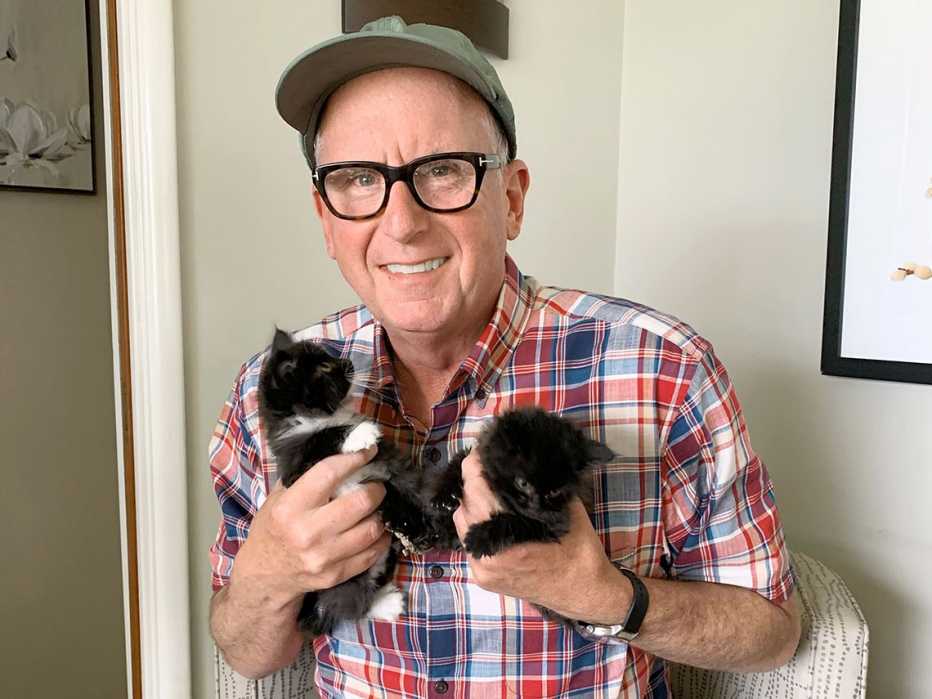Staying Fit


Beth Ostrosky Stern has cared for more than 2,000 cats at home. Not all at the same time.
She is a pet foster parent. She and her husband, satellite radio host Howard Stern, take animals waiting for permanent adoption into their homes. It all started a decade ago when the couple’s beloved bulldog Bianca died. “When she passed, we grabbed a litter of kittens and decided to foster them just to get my mind off of Bianca and onto nurturing other little ones.”


AARP Membership— $12 for your first year when you sign up for Automatic Renewal
Get instant access to members-only products and hundreds of discounts, a free second membership, and a subscription to AARP the Magazine.
Pet fostering has become important because animal shelters are crowded, and some pets require more attention than shelter staff can provide. Retirees, empty nesters and older adults make ideal candidates for the volunteer role. “I put animals before everything,” says Beth Stern, 50. “If I had children, I wouldn’t be able to do that. When the kids are out of the house, or if you don’t have children, you can focus your time and your energy on these little lives that need you.”
Pet fostering requires less commitment than full pet ownership. “I can foster on my own schedule,” says Martine Korach, 57, a retired teacher in Long Beach, California, who volunteers for the Society for the Prevention of Cruelty to Animals Los Angeles (SPCALA). Her foster duties don’t conflict with medical appointments or travel.
Help animals in need
What kind of pet can you expect in foster care? Typically large-breed dogs that will benefit from more space; kittens or puppies that need extra attention; pets that are undergoing medical treatment and require special care; or sometimes dogs or cats that are shy or fearful in a shelter environment, says Eileen Hanavan, director of volunteer and foster engagement at the American Society for the Prevention of Cruelty to Animals Adoption Center.
All those kittens in Stern’s first fostering stint eventually found “forever homes,” and Stern realized she had found a calling. “My husband and I looked at each other and I said, ‘I’m not gonna stop.’ And he goes, ‘Why would we stop? This was such a great experience.’ It’s emotionally draining but ... I’ve found my life purpose. I feel so lucky that I’m able to help.”


































































More From AARP
9 Etiquette Tips for Dining Out With Your Dog
A helpful guide to make sure you and your pooch are welcome at restaurants
6 Over-the-Top Hotel Perks for Pets
Everyone feels pampered at these properties that offer luxe amenities for furry travelers
Ideas for Dog-Friendly Vacations Around the U.S.
Discover the best places to stay and play if you love traveling with your pup